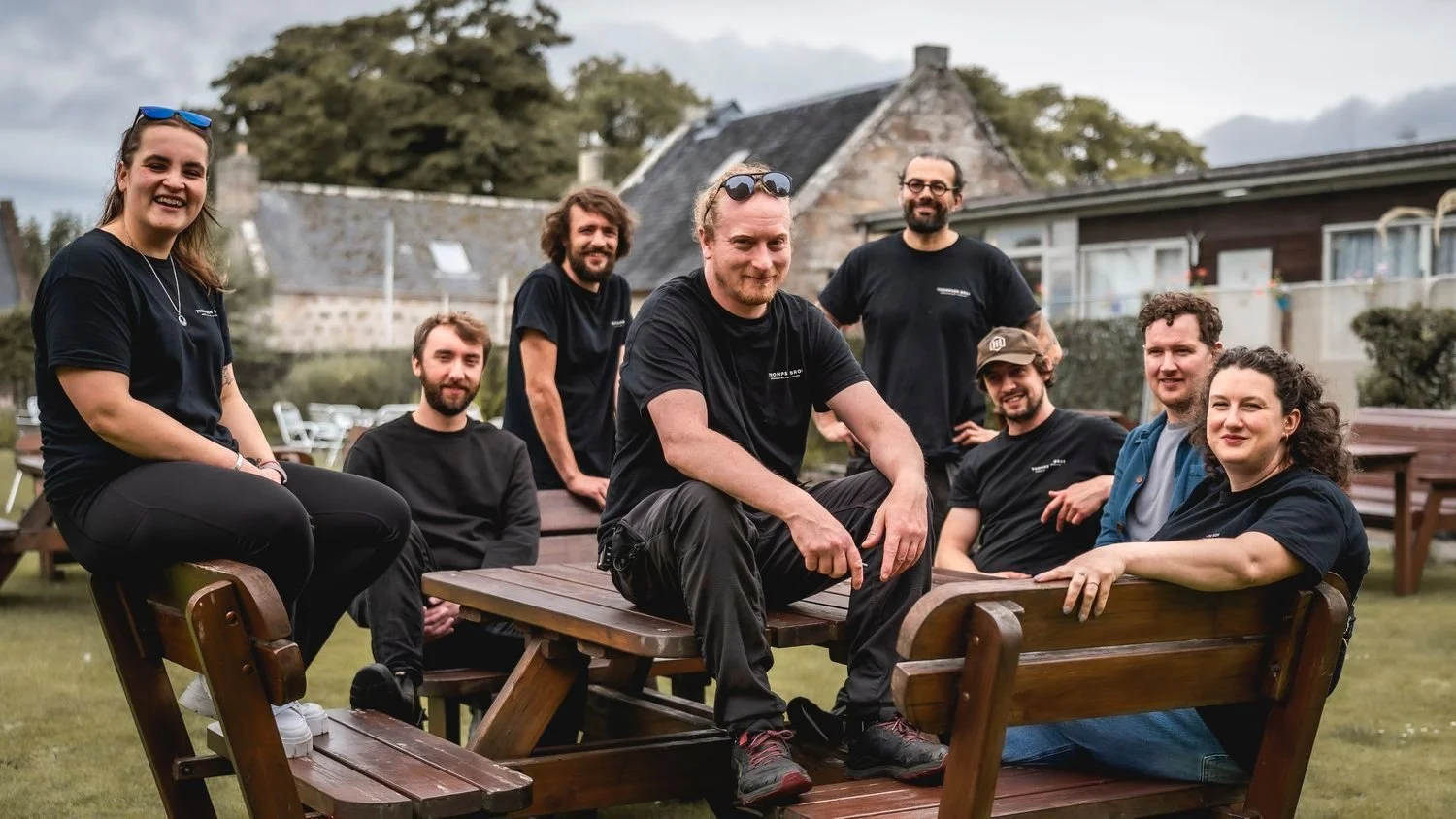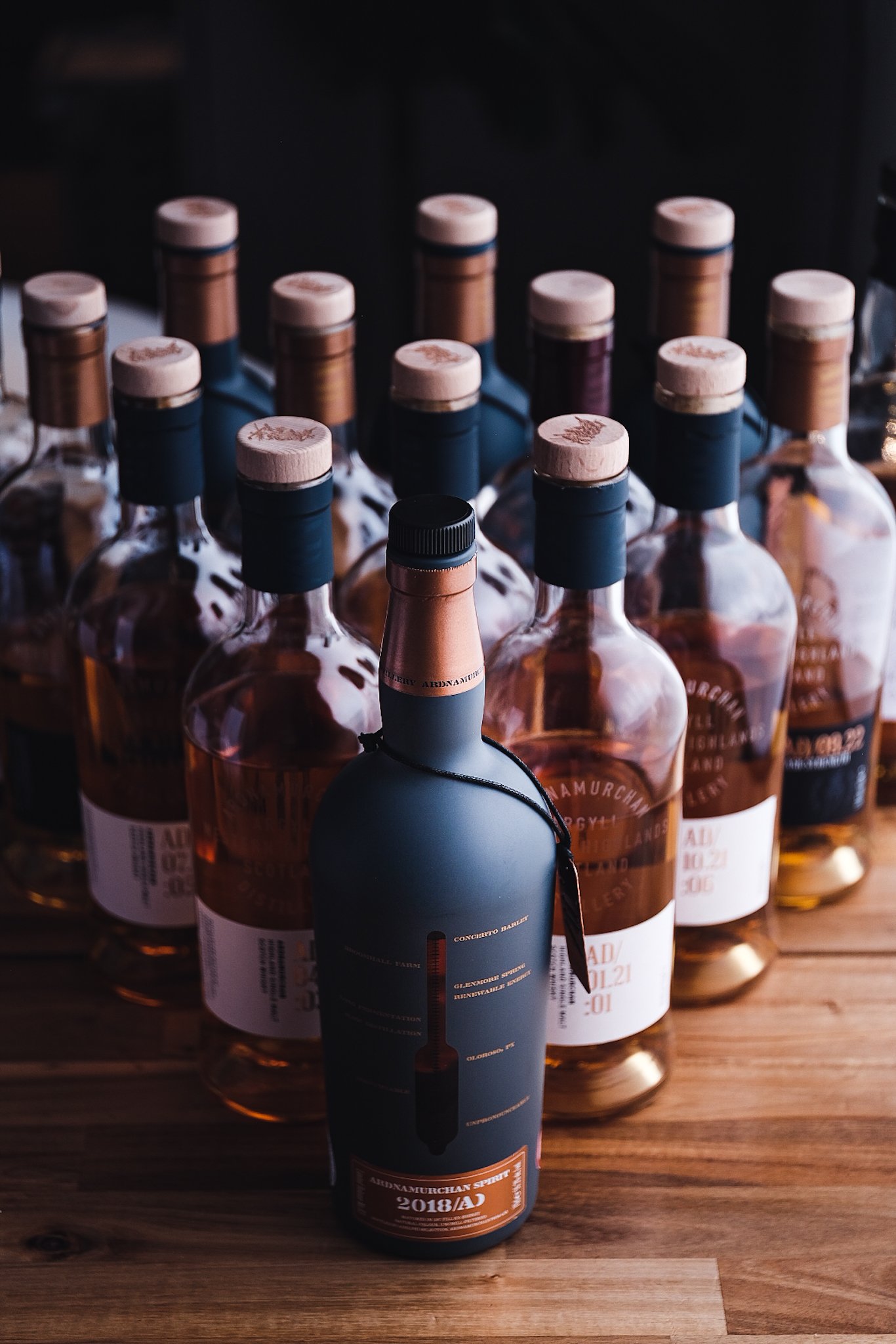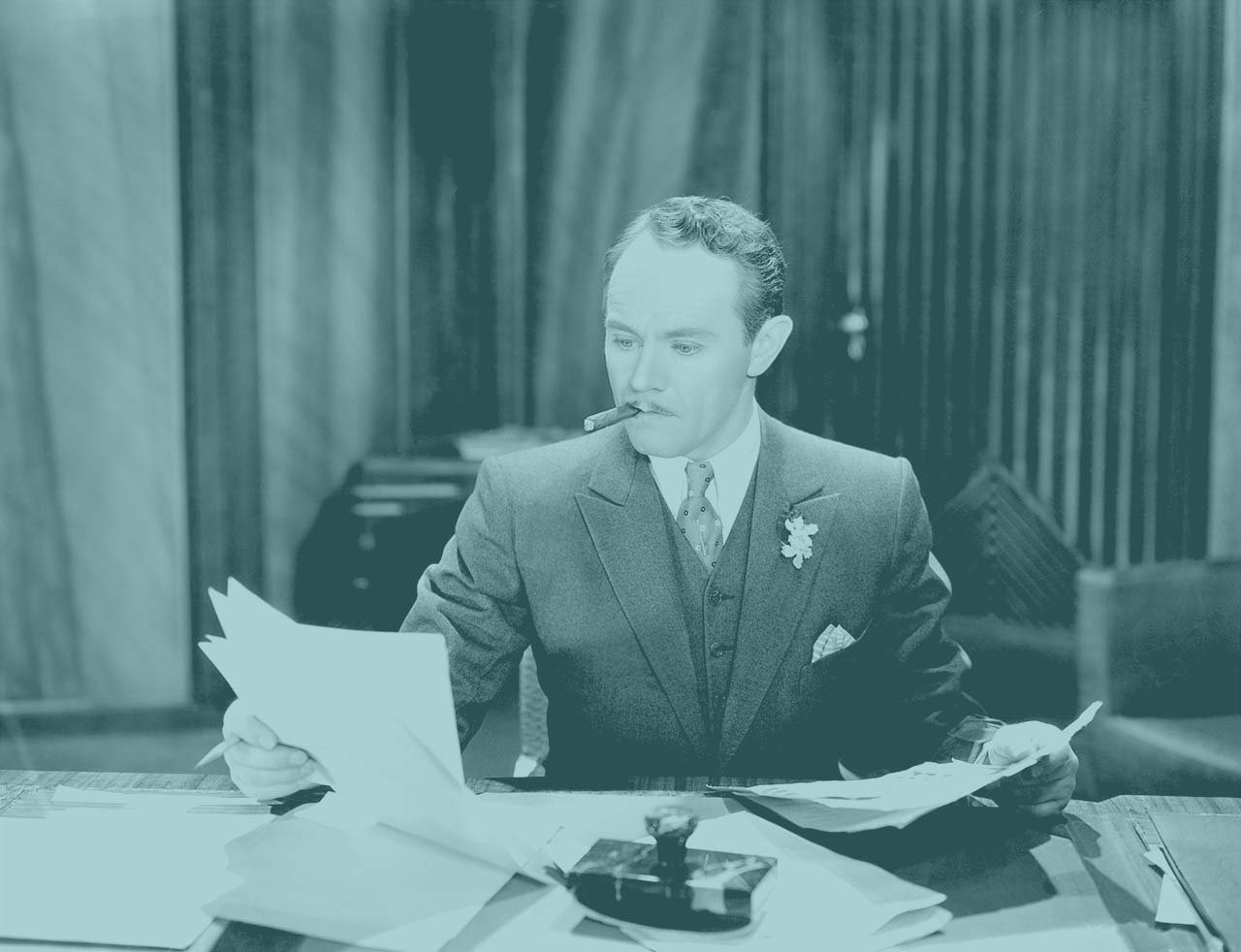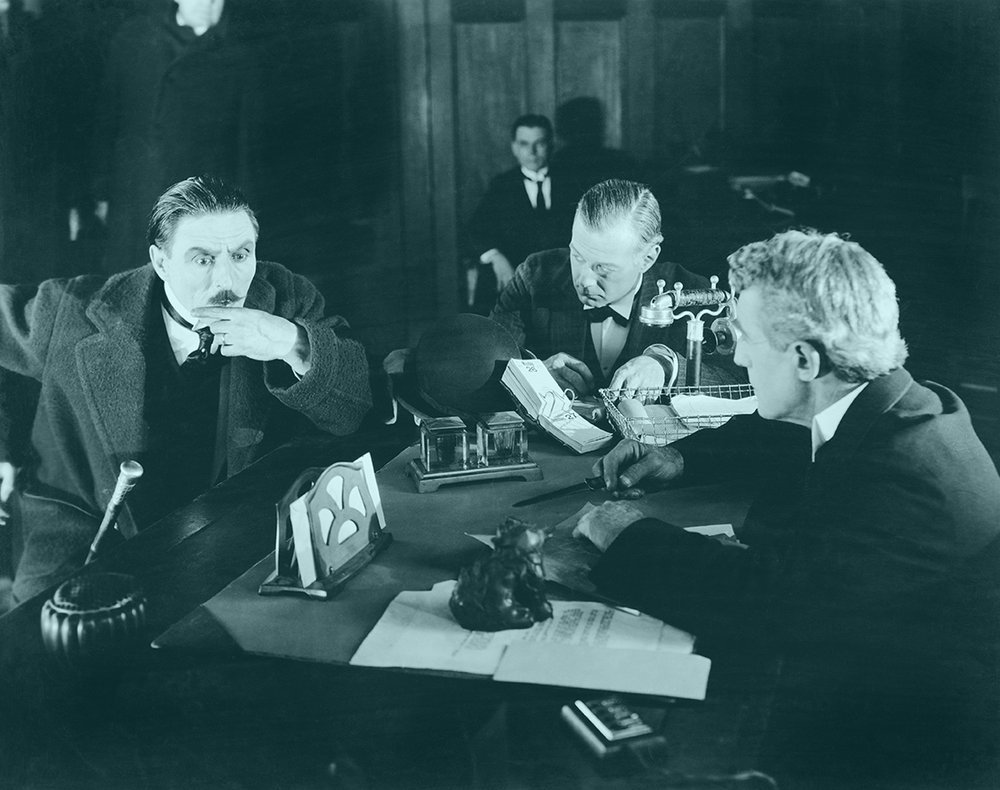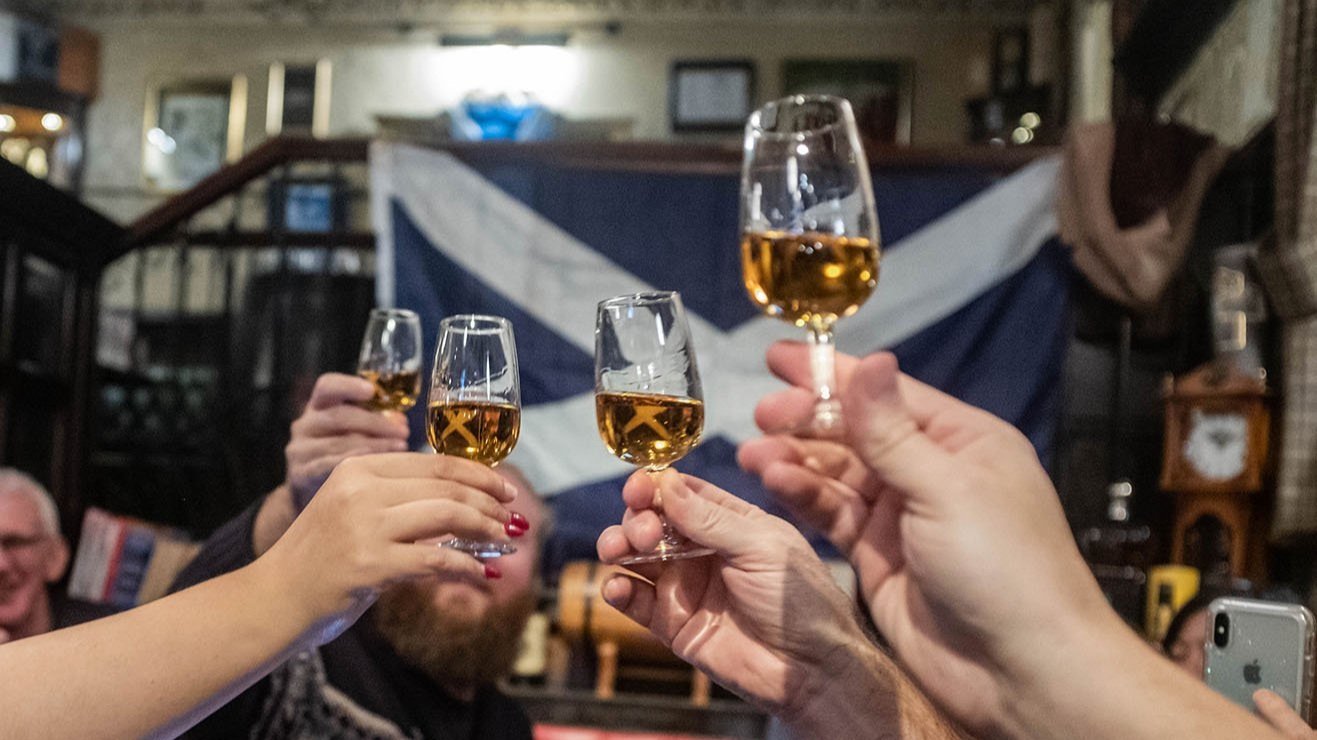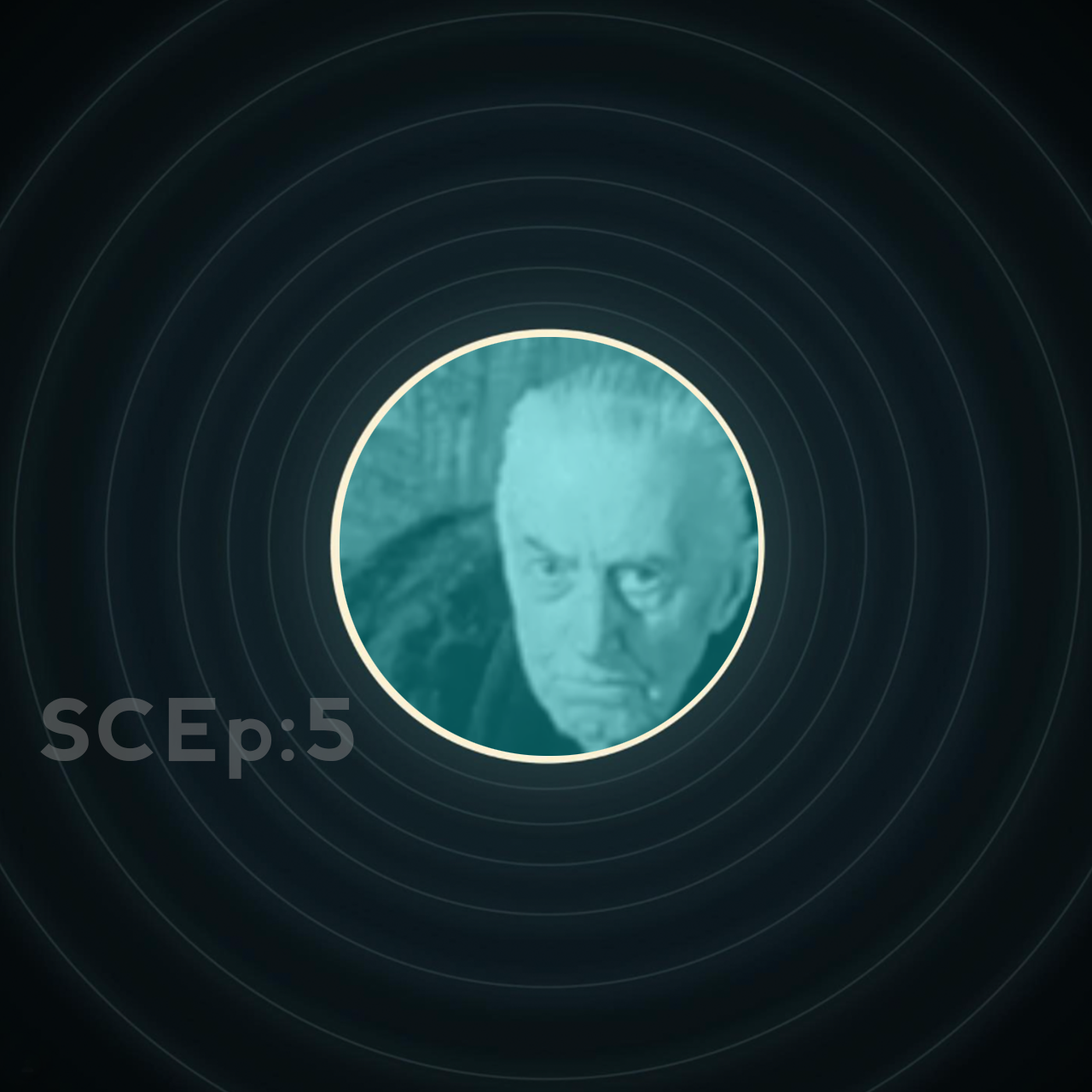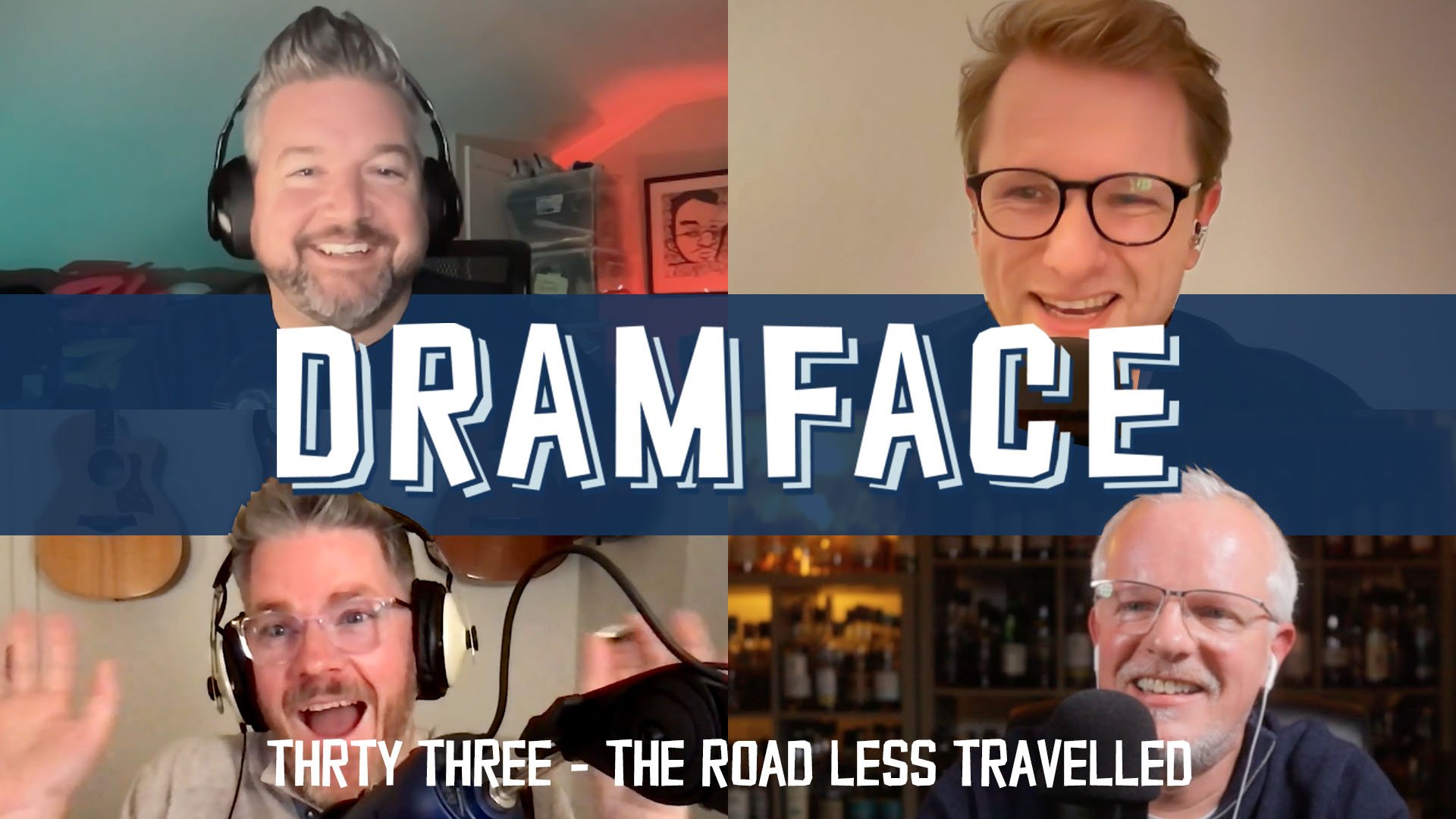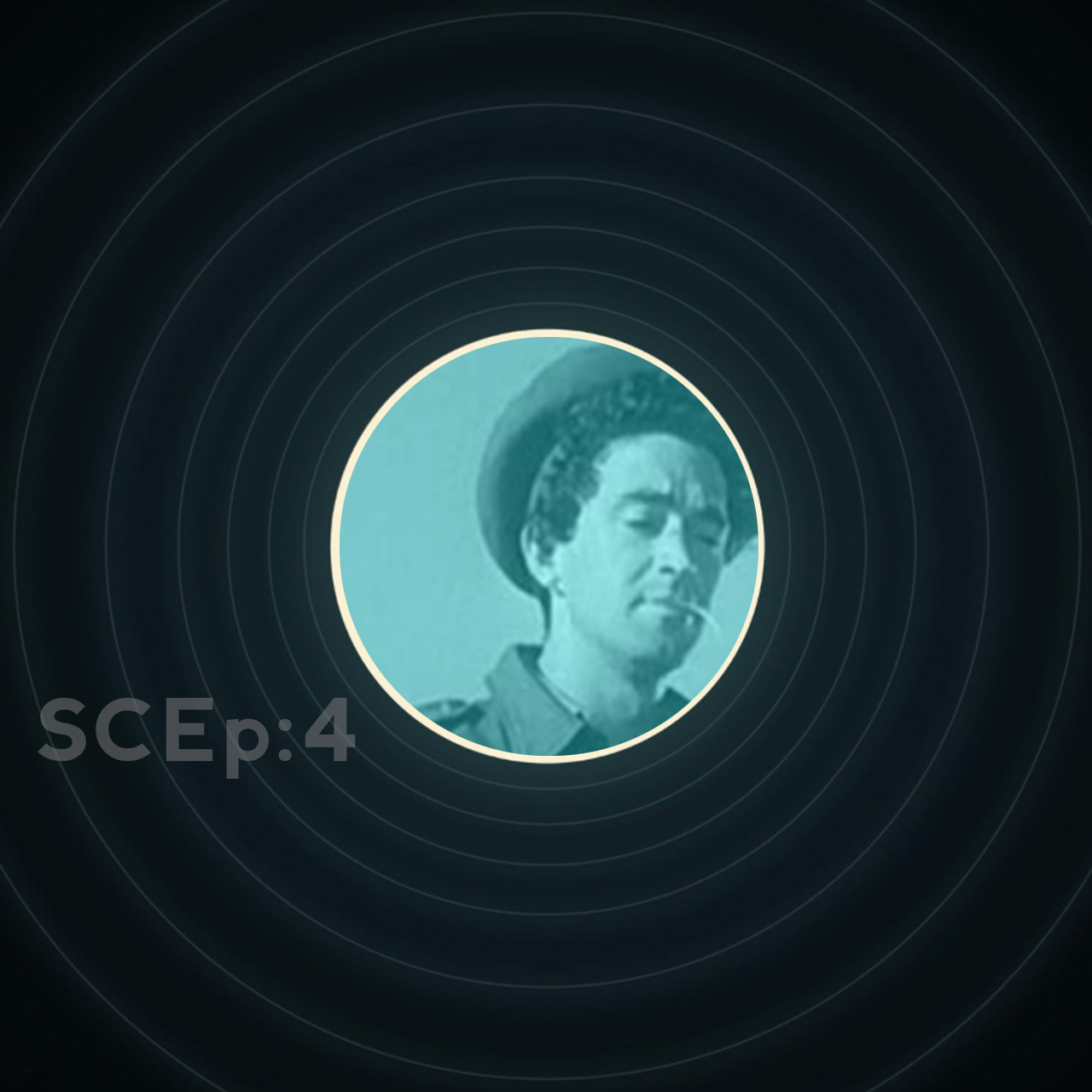Digging For Whisky History: Glen Mhor
Plugging the gaps for a lost Highlander
When I announced to friends that I was going to dedicate my efforts to researching the lost Glen Mhor distillery in Muirtown, Inverness, reactions fell into two camps; was I mad and not you and that distillery again. Not to be disheartened, I redoubled my efforts and things began to take shape. Leading a fellow whisky historian enthusiast to comment that every distillery deserved such a platform and focus.
Glen Mhor isn’t a sizeable name when it comes to closed distilleries with the leading lights being Brora, Port Ellen etc. Reviews of Glen Mhor whiskies are mostly mundane and often indicative of the reviewer not appreciating the style of whisky it produced. It can be a rugged and difficult Highland malt; not to everyone’s palate or appreciation, but on occasion it can thrill and delight. It was an old page on the Malt Maniacs site that used to piss me off when it came to Glen Mhor. Particularly the line that stated the history of Glen Mhor seems to be quite dull most of the times. A classic example of a lack of research, as nothing could be further from the truth. To be fair, this was partially corrected in a subsequent new page, but most of the history was still missing in action.
There’s been an erosion in information over time as well. Ingvar Ronde’s The Malt Whisky Yearbook has seen its closed distillery section shortened in recent editions. The new is very much pushing out the old, which seems odd as everyone is chasing old malts from these distilleries nowadays, but isn’t there a thirst for actual information?
Scotland is littered with the remnants of lost distilleries or the traces of its distilling heritage. Much of this has been wiped clean by corporations, the passage of time or new developments. However, a walk around Campbeltown, Dufftown and villages across Scotland will confirm the clues and echoes of the past are still out there. Many of us are aware of the last generation of closures in the 1980s, the unicorn names that light up any auction and attract our attention on a bar list. Much like Munro bagging has become a popular pastime in Scotland for many, so has the pursuit of trying the whiskies from these lost distilleries; anyone for some Killyloch?
What you might not be aware of is an even older generation that came and went by the mid-1800s. Names such as Kilbagie and Kennetpans are rarely mentioned and almost certainly don’t exist in liquid form. I visited Kennetpans in 2016 and the site was only just being reclaimed for the nation and. You can see the state it was in through a series of four articles I penned at the time. Since then, work has been done to preserve and understand the site. I must return, as the owners have done tremendous work to save the legacy of the distillery – to stand in the ruined warehouses is still one of my favourite whisky moments. Imagine an old dunnage warehouse that’s been reclaimed by nature and become a forest encased in a derelict stone structure.
Thankfully, there seems to be a growing demand for information. A recent appeal by the National Trust For Scotland underlined their efforts to document illicit stills across the nation. So far, only 130 have been officially catalogued, but the belief is there could be thousands. Could we be creating a new sport of Munro Bagging with an added sense of whisky discovery?
So, it is fair to say that I’ve an inner desire for whisky history, particularly if I know there’s more to be said – and the current books and online resources only scratch the surface or even repeat mistruths. In reality, this is easily done as we all tend to rely on the same books and erroneous details are woven into the fabric of the distillery over decades. Very few are fortunate to be able to spend the time and money to sit down and put together a detailed and definitive guide to a specific distillery. These only tend to come about via a special commission by the existing distillery owners, such as Ian Buxton’s work on Glenfarclas or Morrison Bowmore.
Tough work
Man vs. sherry butt
The other source comes from whisky geeks, fans, enthusiasts – call them whatever you will – who put aside countless hours, days and years to research and write about a specific distillery. A great example of this is Brora A Legendary Distillery (1819-1983) by Dr Patrick Brossard, which was the result of “research conducted over almost 10 years, several hundreds of hours of investigation, e-mail exchanges and phone calls and going through archives from the early 19th Century until today.” Dr Brossard had already given us a fantastic book on Glen Garioch that pleased the distillery so much that it was on sale in the distillery shop the last time I visited.
Clearly, the information is out there, waiting to be unearthed and put into context. In an industry rife with profits, eager shareholders and a fixation on more sales. It seems somewhat disappointing that the industry doesn’t put more effort into documenting and showcasing its past. Instead, individuals born with a need to uncover the past, embark on these projects. Whether in print or online form, there is so much to Scotland’s distilling heritage that remains offline and undocumented.
From my own Glen Mhor interest over the years, I knew there was a greater story than was being told in published books or online. In 2020, a break in my schedule gave me the opportunity to start preparing for my Glen Mhor pet project. The motivation is to have something worthwhile in place by 2023, which would mark the 40th anniversary of its closure. The plan was to create a Glen Mhor website with a view to eventually putting together a book for publication. The book would come later because the website would allow readers to follow the discoveries and piecing together of the past, much like these shows on the History Channel that seem to last for ages with only one or two revelations being discovered. If the Templar Knights had their own distillery, countless programmes would have been devoted to it by now. As for the publication, whisky fans are faithful to the old mediums at times and there’s something satisfying about having a physical book in your possession.
The online medium offered a unique opportunity and a new level of interaction. A knock-on effect is an increased awareness in the distillery, which might also be seen as a negative with more interest prompting higher prices at auction. But sometimes you’ve got to roll with the punches. What I hadn’t considered too greatly until working on Glen Mhor and something that many of the books lack, is the human element. The stories and lives of those who lived and worked at the distillery. With in-depth research, we’re revealing the stories of John Birnie, distiller and co-founder of Glen Mhor. An individual who deserves greater recognition and respect from the Scotch whisky industry and someone who did so much for the local community. There are others on this journey; from the Mackinlay family and William Birnie, to the workers and so many others who are wrapped up in the timeline of Glen Mhor.
Why bother?
The main emphasis of this article is to encourage others to document other distilleries.
Once I’m satisfied that I’ve done what I can with Glen Mhor, I’ll move onto Glen Albyn later this year, as I’ve discovered new information on the distillery across the road; wrongly called a sister distillery by some. Before trying to crack the nut that is Millburn. I doubt I’ll have these in place for their own 40th anniversaries, but much like Glen Mhor, I expect the work will never end.
In a way, I’m pleased that the history of Glen Mhor continues to surprise and evolve. I’ve created the most detailed distillery summary to date and a timeline that allows you to follow its life. You could argue my goal is already achieved, but I know much more is out there. And if it's waited decades or a hundred years to be found, it can wait a little longer for me to reach it.
Glen Mhor was the perfect candidate because what was already in the public realm was limited and inaccurate. I knew it encapsulated the story of so many other distilleries. Born on the crest of a boom, financed by a Leith blending house and almost in constant production until its closure in 1983. It remained in family ownership until 1972 and received strong support from independent bottlers (most notably Gordon & MacPhail) and also had its own official single malt. In-between, I discovered it was the first malt distillery to install Saladin Boxes, the 1892 Charles C. Doig plans and many other gems that do give you a perverse geeky thrill.
The most obvious place to start your research are the large libraries that could offer a wealth of potential information. Many of these now document their archives online, so you can at least search before taking a trip and camping down for a day. Sadly, not everything is documented or available online. There’s always a benefit to talking with archivists and librarians who will share your passion for discoveries and know their inventory inside out. Also worth paying attention to are any fees for their time, copying and publication. My Glen Mhor project is not for financial gain, so I have been fortunate to be allowed to use photographs and finds on this basis.
Sadly, the pandemic really threw a spanner in the works of any research. Libraries shut their doors and if they were open, it was on a very limited basis including access to any copying facilities. So much so that I’ve really not tapped into this obvious resource. I know there are materials and locations I need to visit, but rather than seeing the pandemic as a stop sign, I’ve used it as a detour.
Instead, I’ve embraced other avenues and these have led me to some wonderful chance finds thanks to individuals – arguably, discoveries that may never have been found in a library. Speaking of which, depending on the ownership of your chosen distillery, reach out to the last owners or custodians. Think about who was the original landowner or architect or if Alfred Barnard visited the distillery as part of his epic tour during the 1800s which is documented in the book The Whisky Distilleries Of The United Kingdom.
The team at the Diageo Archives¹ have been very helpful during lockdown, offering what they had on Glen Mhor. As the forerunner company only took ownership in late 1972 and closed the distillery 11 years later, the information was limited. Partially, because the team weren’t able to be physically among the archives during the pandemic, but they kindly supplied what they could. I expect a return to this resource – or one day a physical visit, please – might also pay dividends. I also reached out to the Scotch Whisky Association, who were faced with the same limitations and sadly didn’t have much to offer the project.
Social media is something we rightly criticise and it can be in the news for all the wrong reasons. It can also be an effective medium. Set up your own dedicated Facebook, Instagram or Twitter account for your project and start posting finds, asking for help and raising the prominence of your chosen subject. You’ll be surprised. I’ve received so much assistance from social media and materials – often from private individuals who had a similar interest or passion… or even knew a family member who worked at the distillery, or has their own memories.
Reach out to Facebook groups who are fans of the distillery, or history in general. Talk to them. Sign up for trials of family history and newspaper archive sites; then search high and low during your free period. Try to also think outside of the box. Not just searching for the distillery name as things can be wrongly categorised. For instance, Glen Mhor has often been documented as Glen More, Glenmore, GlenMor etc. Search for the owners, the families of owners and use censuses, old telephone books and council materials to identify workers or who was resident at the time of the official visit. Many distilleries came with worker’s accommodation, so these additional addresses can provide further information.
Using search engines goes without saying, but take it a step further. Rather than tracking down books no longer in print, use resources such as the Open Library to search for various names and phrases. Take a loan of whatever books you find promising and read up on the entries you’ve identified. Books are a variable source of information for reasons already stated, but they still have their merits. Take in these details and also follow up any sources highlighted by the author. You may reach a dead end, or a promising lead turns out to be a red herring, but don’t worry as we’ve all been there. Once in a while, discoveries will be made. Consider each piece of information and whether they match up with what you’ve found.
Watch out for wrongly labelled photographs and take in all the details on those that are correct. Many believed we would never see the lost 3rd still at Glen Mhor or details on its shape and size. It was only referenced briefly as an oddity in some books and not mentioned at all in others. Since embarking on this project, I’ve found those details and two photographs, including this one which was wrongly labelled in Getty Images as Glenmore. I’m also still to identify the person in the photograph as William Birnie, son of John and the onsite owner representative.
Utilise eBay and other reselling resources as you’d be surprised what can appear online for sale. I’ve seen everything from distillery plans to a previously unseen perspective of the distillery in an architectural magazine. The subject matter might have been the swing bridge, but this focus also gave us Glen Mhor. Ideally, using old maps or your own knowledge, consider what local landmarks were nearby the distillery. Glen Mhor’s site is very unique as on one side you had the Caledonian Canal (featuring the Muirtown locks and basin), a now demolished football ground and a major road connection to the Highlands. Using these local landmarks can unearth some great finds.
Talk to the council, local newspapers and journalists. I reached out to a local Inverness newspaper who subsequently did an interview with me on researching Glen Mhor. As part of this, we discovered that the journalist (who was nearing retirement and in his 70s), remembered Muirtown as it used to be with Glen Albyn and Glen Mhor. He also recalled as a young apprentice, being called out to Glen Mhor in the early 1970s, to cover a potential news story involving a bus load of Italian tourists who had arrived on site to have a distillery tour. I’ve never been able to find the actual story in print, but it did happen and underlined the international appeal of the distillery, which was distributed in Italy as a single malt.
Think backwards and take chances. For instance, one discovery led to the address of a former distillery worker who had been interviewed by Gavin D. Smith for a book. I knew Rodney Burtt had passed away shortly after publication, but this chance find revealed he was working on his memoirs during the 1980s. It also provided his home address at this time. Bizarrely this property was being sold online at the time of my research – so I contacted the estate agent who put me in touch with the family member selling the property.
Yes, it was the same person, and yes, they had saved a box of materials about his time at the distillery while emptying the house. This avenue of research is currently ongoing, but hopefully later this year, I should be able to see what Rodney had collated. This might include a copy of his memoirs and time at Glen Mhor. Even if this chain proves unfruitful, the family member was extremely happy to see his passion and time at the distillery being made available for others to enjoy and his legacy continued.
If you can talk to industry giants who have been in the whisky for decades they may have memories of the distillery or are the custodians of stories passed down through the years. Alan has been a fantastic help in my research on Glen Mhor in this regard.
Finally, it goes without saying to expect the unexpected and be thankful when this happens. Always give credit for photographs and the assistance of others. By taking up this project I’ve had more fun in a relatively short period of time than any other effort I’ve contributed to. In doing so, I’ve become a bit of an authority (I prefer geek) on Glen Mhor and its history. So much so, as part of the 40th anniversary in 2023, I’m planning on doing a couple of tastings across the UK allowing enthusiasts the opportunity to try Glen Mhor and appreciate the past in liquid and the geek sprouting ridiculous details.
My thanks to everyone who has contributed to the Glen Mhor project and made it possible.
¹ who have kindly provided the accompanying photographs for this article.
Buy me a dram or support Dramface
Dramface is fiercely independent, community-focused and community funded, if you like what we do you can support us by becoming a Dramface member.
However, if you’ve found a particular article valuable, you also have the option to make a direct donation to the writer, here: buy me a dram - Every little helps! Thank you.
For more on Dramface and our funding read our about page here.
You’re beautiful, you know that?







